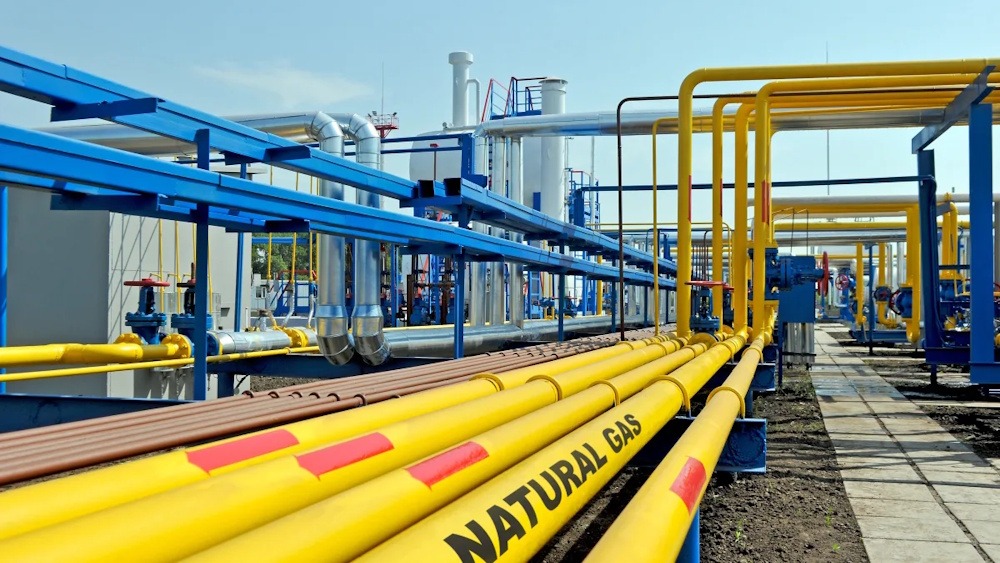
Natural gas prices decreased by 0.85% to Rs 338.7, as consistent production levels and sufficient storage continued to exert pressure on the market. Output has consistently hovered near a three-week high of 108 billion cubic feet per day, as unprecedented production levels earlier this year enabled energy companies to accumulate inventories significantly exceeding seasonal averages. Current U.S. gas storage levels stand approximately 5% above the five-year average, alleviating supply apprehensions as the winter heating season approaches.
Weather forecasts suggest that temperatures in the U.S. will remain largely within normal ranges until mid-November, thereby constraining heating demand. Nevertheless, a somewhat cooler forecast for late November may bolster consumption in conjunction with robust LNG exports. Flows to the country’s eight major LNG terminals averaged 16.6 bcfd so far in October, an increase from 15.7 bcfd in September and exceeding April’s record of 16.0 bcfd, underscoring strong export demand.
The EIA disclosed an 87 bcf storage injection for the week concluding October 17, surpassing expectations of 83 bcf and the seasonal average, resulting in inventories that are 0.9% higher than the previous year’s figures. The EIA has projected unprecedented levels of U.S. gas output and demand for 2025, anticipating production to increase to 107.1 bcfd and consumption to reach 91.6 bcfd. LNG exports are projected to increase to 14.7 bcfd in 2025 and further to 16.3 bcfd in 2026, indicative of robust global demand.
From a technical perspective, the market is experiencing renewed selling pressure, evidenced by a 3.44% increase in open interest to 17,586 lots, alongside a price decline of Rs 2.9. Support stands at Rs 333.1, beneath which prices could potentially approach Rs 327.6. Conversely, resistance is identified at Rs 343.1, with a breakthrough likely to challenge Rs 347.6.
